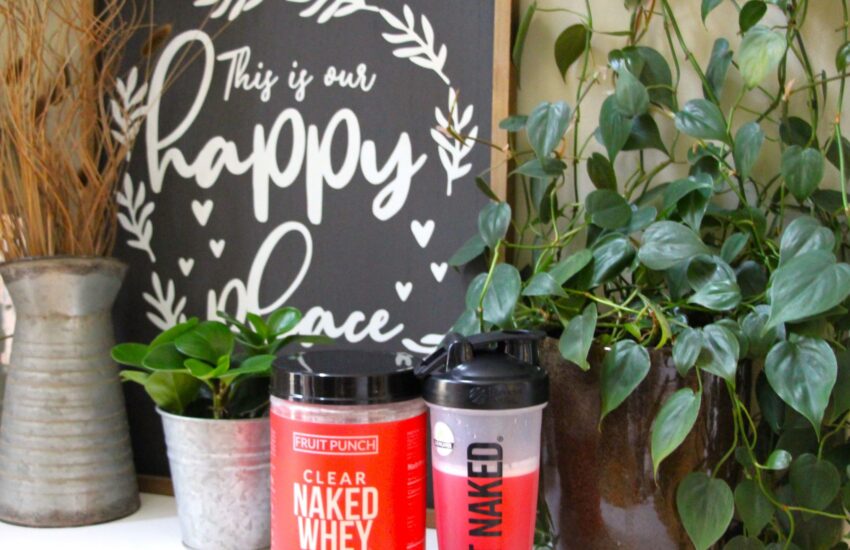How to Select Running Shoes
Spend time investigating running shoes before making a purchase. The choice of a shoe can impact running time and quality and prevent running injuries like shin splints and plantar fasciitis. Replace your running shoes every 300 to 500 miles, or about every 3 to 4 months, depending on where you run. Keep an eye on the midsole and outsoles of your shoes and replace the shoes when these areas look worn and compressed.
If you have flat feet you might want to consider insoles for flat feet. Powerstep offers a variety of quality insoles that are going to make your running experience more enjoyable.
Start with a visit to a running shoe store for foot measurements, foot type and a gait or stride analysis. The store experts can then make a recommendation about the best shoe for your body. They will consider your arch shape and the amount of sideways motion that you have in your running stride. This motion is called pronation or supination depending on the direction of the roll. Ideally, your running shoe will help you maintain a neutral pronation to help you run with less pressure on the joints and with maximum efficiency.
Pick running shoes that feel good on your feet and that are a good match for your running environment. Make sure the shoes fit well on both feet and leave room in the toe box to keep your toes from jamming against the end of the shoe. Feet swell during the day and while you are running. If you wear shoe orthotics, try on running shoes with the orthotics in place. For off-road running on rocks, rough trails or cross-country select a shoe built specifically for trail running. They provide better traction, support, stability and protection for your foot. You can also shop Running Shoes from SneakersnStuff because they have a wide range of collection. I have found 2 offers for SneakersnStuff at CouponWind. Both of them are free shipping Promotions.
Shoes designed for people who overpronate, or roll their feet inward with every stride, will offer additional motion control and stability. Under-pronation, or supination, results when a runner rolls the foot outward during their stride. The foot cannot reduce the impact of the stride efficiently so supinators need shoes with lots of flexibility and cushioning.
If you have flat feet you might try motion control shoes to slow down over-pronation. If you have high arches, you should consider stability shoes or cushioned shoes. Always opt for the shoe that is the best fit for your body and running style. A shoe “last” refers to the shape of the shoe. Lasts may be straight, curved or semi-curved, and they also help address issues related to foot arches and pronation.
Runners can get an idea of their stride mechanics by looking at the wear patterns on the soles of their old running shoes. Wear centered in the ball of the foot indicates a good, neutral running stride. Wear along the inner edge of the shoe indicates over-pronation, whereas supination shows in wear along the outside edge. If you have Achilles heel problems a rigid heel counter helps provide motion control and additional support and cushioning. The composition of the soles, the materials used in the shoe uppers and in the lining of the running shoe will also be considerations. Many runners benefit from shoes made of materials that wick away moisture, dry quickly and are light but durable.



All good pointers for finding the right shoe. I like really light shoes but not at the expense of durability. I use orthotics so the shoes need to have room to accomodate them. And I replace them around 300 miles also.
It is important to consider the shape of one’s feet when looking at the best running shoes. Depending on whether you have flat, neutral or high arches feet will play a big role when picking up the best shoe for you.
Nice article! It covers some awesome things to consider when buying running shoes. While selecting the shoes, it is very important to consider the shape of your foot, because that will help you decide whether you should go for flat, neutral or any other type of running shoes. In fact, I’ve also written a similar topic Best Tips For Buying Running Shoes. Do check it out and please feel free to share your thoughts/feedback on it.